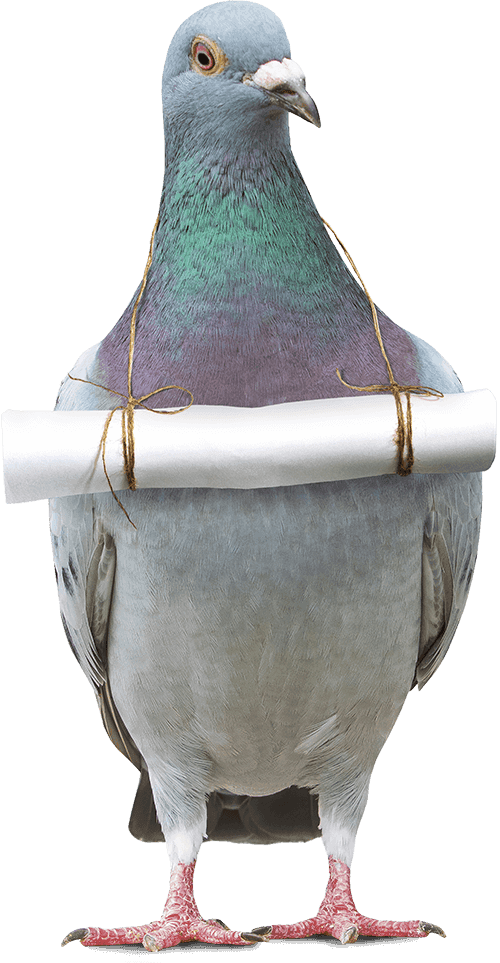Humpback whale
(Megaptera novaeangliae)

Description
The humpback whale (Megaptera novaeangliae) is a species of baleen whale. It is a rorqual; a member of the family Balaenopteridae. Adults range in length from 14–17 m (46–56 ft) and weigh up to 40 metric tons (44 short tons). The humpback has a distinctive body shape, with long pectoral fins and a knobbly head. It is known for breaching and other distinctive surface behaviors, making it popular with whale watchers. Males produce a complex song typically lasting 4 to 33 minutes. Found in oceans and seas around the world, humpback whales typically migrate up to 16,000 km (9,900 mi) each year. They feed in polar waters and migrate to tropical or subtropical waters to breed and give birth. Their diet consists mostly of krill and small fish. Unique among large whales, humpbacks use bubbles to catch prey. They are promiscuous breeders, with both sexes having multiple partners. Orcas are the main natural predators of humpback whales. Like other large whales, the humpback was a target for the whaling industry. Humans once hunted the species to the brink of extinction; its population fell to around 5,000 by the 1960s. While numbers have partially recovered to some 135,000 animals worldwide, entanglement in fishing gear, collisions with ships, and noise pollution continue to affect the species. The adult humpback whale is generally 14–15 m (46–49 ft), though longer lengths of 16–17 m (52–56 ft) have been recorded. Females are usually 1–1.5 m (3 ft 3 in – 4 ft 11 in) longer than males. The species can reach body masses of 40 metric tons (44 short tons). Calves are born at around 4.3 m (14 ft) long and weighing 680 kg (1,500 lb). The body is robust with a highly narrow rostrum and proportionally long flippers, each around one-third of its body length. The dorsal fin is generally small but varies in shape from low and almost non-existent to relatively high and curved. As with other rorquals, the humpback has a series of grooves stretching from the tip of the lower jaw to the navel. They are fewer in number in this species, ranging from 14–35. Humpbacks have 270–400 baleen plates on both sides of the mouth. Unique among large whales, humpbacks have bumps or tubercles on the upper and lower jaw and front edge of the flippers; the tail fluke has a serrated trailing edge. The tubercles on the head are 5–10 cm (2.0–3.9 in) in diameter at the base and can protrude 6.5 cm (2.6 in) up.
Taxonomic tree:







